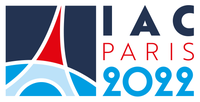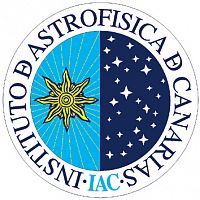›Seismological Challenges for Stellar Structure
Asteroseismology is beginning to reveal the internal structure properties of stars thanks to stellar oscillation data of unprecedented precision. Space missions such as WIRE, MOST, COROT and Kepler are providing lots of real data with increasing photometric precision up to the order of micro-magnitudes. Similarly, from the ground this effort is being matched with complementary radial velocity measurements now reaching precisions of less than 1 m/s.
These data have however posed many challenges which have surprised us and opened new ways to tackle questions such as the identification of frequency peaks as actual modes, the measurement of lifetimes and rotational splitting, and the knowledge of the background acoustic spectrum, among others. Next, when constraining stellar parameters and physical processes in the interior of stars, new problems are arising which provide us with the opportunity to progress in our understanding of the structure and evolution of stars all over the HR diagram. Additionally, the large number of target stars requires the use of robust automatization methods of analysis, identification and interpretation, a previously unexplored area in stellar seismology.
Helioseismology has already provided a deep insight into the Sun, has helped to solve long-standing problems in solar physics and has lit a path from solar to stellar oscillations in the analysis and interpretation of data. However, there are still important questions to be solved in which local and global helioseismic techniques play a key role such as the prediction of the appearance of active regions on the front surface of the Sun, the explanation of the details of the 11-year solar cycle and the processes responsible for the solar dynamo, the physics of the surface layers and conditions in the solar core, among others. Ground-based networks and SOHO have already provided extremely good data, and new projects such as SDO and Picard will soon deliver new key data to progress on the above.
Advances in new projects for better observing stellar oscillations, from ground and from space, such as SONG and Plato, are anticipated. Data provided by techniques such as interferometry and astrometry could also be very important to understand present and new problems in our fields. Complementary precision photometry and spectrometry plus long and stable environments for continuous long-standing observations are needed. Such needs are shared by projects in adjacent fields which whom synergies should also be looked for. All of these topics clearly call for discussion among active researchers in asteroseismology, helioseismology and related fields.
Track this event on your Apple calendar














 Spain
Spain